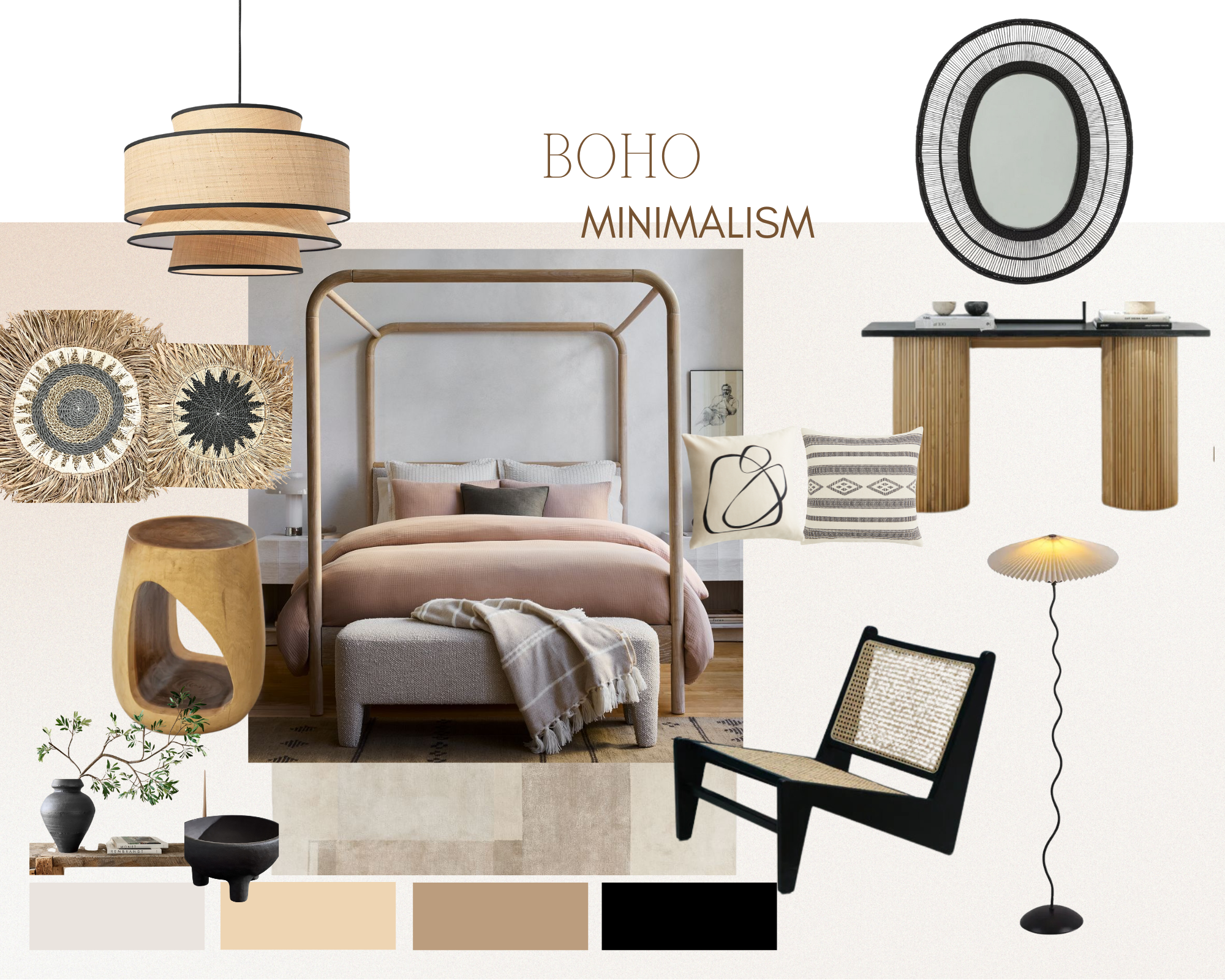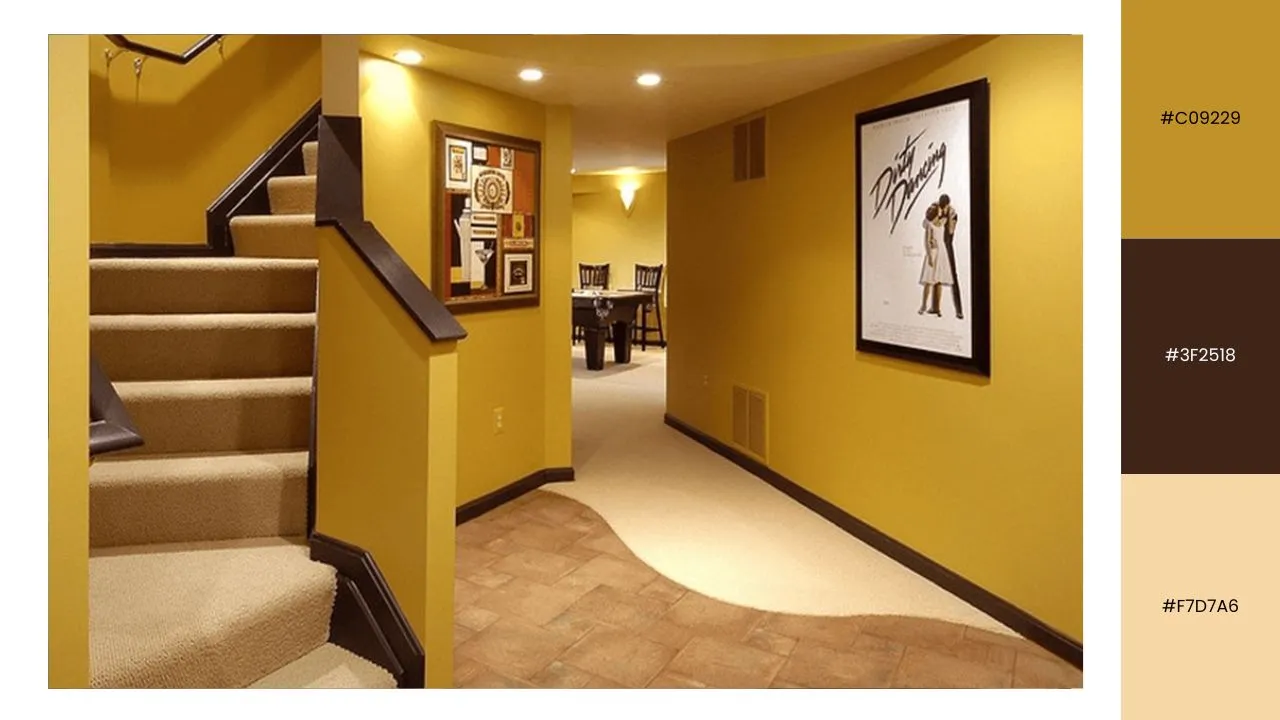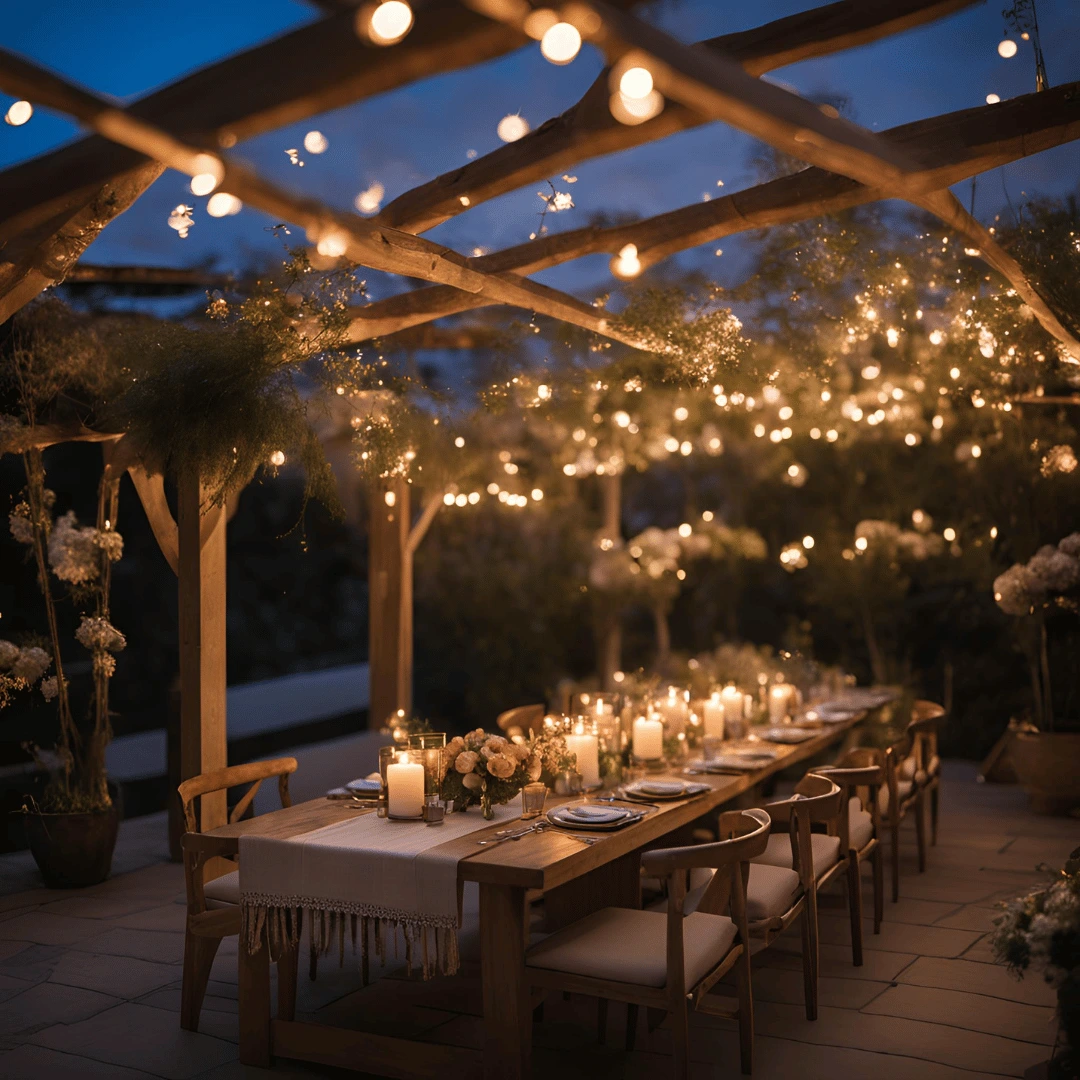Ever wish you had a home that was both nice to look at and useful? Do you want to live in a place that makes you feel warm, grounded, and connected to nature, but also fits in nicely with your modern way of life? When you look around your living room, you might have thought, “Something is missing- a soul, a story, a piece of tradition or may be just vibe.” then Mingei design works its magic in this way.
Mingei design: A blend of simplicity, usefulness, and harmony
Mingei design, which comes from Japanese folk art, appreciates the beauty of everyday things. Expertise, simplicity, and a sense of harmony are important. In our fast-paced, mass-produced world, this feels pleasantly real. With the rise of eco-friendly and simple design, Mingei gives you a way to add warmth and personality to your modern house. How do you combine the charm of something that was made by hand with the look of something sleek and modern? Let’s get started and look at how easy it is to add Mingei-style decor to your modern home.
Let’s Understand Mingei Design
How do I get Mingei Design?
In Japan in the early 1900s, mingei, which means “art of the people,” came into being. The philosopher Yanagi Sōetsu led this movement that tried to make everyday things that were made by hand look like works of art. It was a celebration of handcrafted goods, like textiles, pottery, and wooden tools that were made with care and purpose.
Mingei design is based on three main ideas: simplicity, usefulness, and a close link to nature. A lot of Mingei pieces are made from natural materials like clay, unpolished wood, and organic fabrics. They have a style that is both simple and beautiful.
The main idea is that Mingei design isn’t just about decoration; it’s also about appreciating the art in everyday life.
What Makes Mingei Design Unique from Other Styles
Minimalism and Scandinavian design may look a lot like Mingei at first glance, but it’s different because it has a soul. Minimalism is all about keeping things simple and useful, while Mingei loves the flaws and uniqueness of handmade items. Modern styles tend to be more industrial, but Mingei feels warmer because it uses natural materials and has a rich cultural history.
The most important thing to remember about Mingei is that it brings cultural richness to modern places.
Problems that often come up while adding Mingei design
Finding a balance between function and style
In modern houses, efficiency is often a top priority, which leaves little room for things that are only for looks. Because of this, it can be hard to combine the natural beauty of Mingei with usefulness. But Mingei pieces are naturally useful. For example, woven baskets can be used to store things, and hand-made clay bowls can be used every day.
Important: Pick things that are both pretty and useful, so that form and function work together perfectly.
Getting the Right Materials
Natural materials like rough clay, unpolished wood, and soft cloths are used in real Mingei design. But it can be hard to find these products in a way that is both sustainable and long-lasting. A lot of new materials don’t have the character and feel that Mingei loves.
Takeaway: If you want your furniture to look real and last a long time, choose high-quality natural materials.
Adding Mingei to Existing Home Styles
A big worry is that adding Mingei features to a room might make it look jumbled or too rustic. The key is to be subtle. Instead of completely changing your style, add Mingei touches with pots, textiles, or a hand-made wooden table.
Takeaway: When Mingei and modern design are mixed well, the result is places that feel purposeful and fit together.
Useful Mingei design ideas for today’s homes
Picking Out the Right Decorations
Start out small. You can add a touch of Mingei style to your space with just one large piece, like a hand-carved wooden figure or a woven basket. To keep a modern look, pair these with sleek furniture.
Takeaway: A few well-selected Mingei things can change the look of your room without making it too busy.
Choose the right materials and put them together
The main idea behind Mingei design is to use natural elements. Pick things that are rough and textured, like linen curtains or a coffee table made from old wood. To make things look balanced, mix these with more modern elements like glass or polished concrete.
The main idea is that mixing different textures—rough and smooth, natural and modern—makes the look more complex and harmonious.
Use earthy tone color palettes
Tones that come from the earth, like tans, beige, white, and yellow, should be used. These colors make you feel calm and like you’re in nature. Stay away from bright, clashing colors because they can take away from the calm Mingei style.
The main point is that a neutral color scheme makes Mingei parts feel connected and friendly.
Emphasizing craftsmanship done by hand
Spend your money on custom-made furniture or home items made by local artists. These pieces not only show what Mingei stands for, but they also support the ideas of society and sustainability.
Key Point: Items that are made by hand give your home a sense of sincerity and history.
5. Putting Mingei elements on top of each other Almost
Hang a woven wall hanging or put a ceramic vase on a sleek side table to make them the center of attention. To get a good mix of old and new, put these things on top of modern decor.
The main idea is that Mingei pieces are layered in a way that makes the whole look cohesive while still being unique.
How Mingei Design Can Be Used in Real Life in Key Rooms
Living Room
Picture a wooden coffee table with a hand-woven rug on top, a ceramic vase full of wildflowers, and seats made from natural materials. These features give the space a warm, homey feel while still keeping a modern edge.
The main idea is that natural textures give your living area warmth and depth.
Bedroom
A simple wooden bed frame, linen sheets, and a handmade throw can make your bedroom a peaceful place to be. For a bit of authenticity, add a lamp or piece of pottery that was made by hand.
Key Point: A peaceful hideaway is made up of soft, natural elements in muted tones.
Room to Eat
A solid wood dining table, handcrafted dinnerware, and soft, earthy lighting can make your dining room look better. To keep things modern, pair these with modern chairs or glasses.
The main idea is that a mix of rustic and modern features makes for a comfortable dining experience.
Kitchen
Use practical items that are Mingei, like ceramic storage jars, a wooden spice rack, or backsplashes made of rough tiles. These features make the kitchen more useful while also giving it personality.
The main point is that functional decor that comes from craftsmanship adds style to everyday jobs.
Office at Home
You can make your workspace both inspiring and relaxing with a hand-made wooden desk, a weaving chair cushion, and a few carefully chosen decor items.
The main idea is that a simple office with Mingei style helps people concentrate and be creative.
How to Make Your Mingei-Style Home Your Own
DIY projects are great.
Do little craft jobs like making pottery, baskets, or fixing up old furniture. These not only make the place more personal, but they also help you feel more connected to it.
Takeaway: Do-it-yourself projects give your home its own personality and charm.
Include crafts and art from the area
Find area artists who can make one-of-a-kind items that fit with Mingei values. These things help your community and tell a story.
Key Point: Having local art in your home makes it feel more real and like it belongs there.
Bringing Old and New Together in a Harmonious Way
Mix old Mingei items with new furniture. Modern design’s clean lines look great next to the flaws that come with handcrafted items.
What you should remember is that mixing old and new things makes a classic look.
In conclusion
Mingei design is more than just a style; it’s a way of thinking that values the beauty in things that are simple and well-made. By carefully adding homemade, rustic items to your modern home, you can make it feel warm, grounded, and all your own. Mingei has a classic look that fits with modern life, whether it’s a ceramic vase in the kitchen or a handmade throw in the bedroom.
Why wait then? Start small and try out some Mingei-inspired decor. Over time, your house will become a beautiful mix of old-fashioned charm and modern luxury.
FAQs
1. What kinds of materials are used a lot in Mingei design?
Mingei style is based on natural materials like clay, linen, unpolished wood, and woven fabrics.
2. Can I use Mingei with other types of design?
Of course! When carefully layered, mingei looks great with modern, Scandinavian, and minimalist styles.
3. How much does Mingei decor cost?
Not all the time. Some handcrafted things may be more expensive, but Mingei decor can be cheap if you do it yourself or buy it from local artists.
4. How can I begin to use Mingei elements?
Start with small details like a woven basket, some hand-made pottery, or a piece of old-looking wood. Add these in layers to your space.




